What's the best way to use less electricity? Here's how to reduce your reliance on appliances through design
A well-designed home can help cut back your dependence on appliances which use lots of energy, reducing your utility bills and, in some cases, making them zero

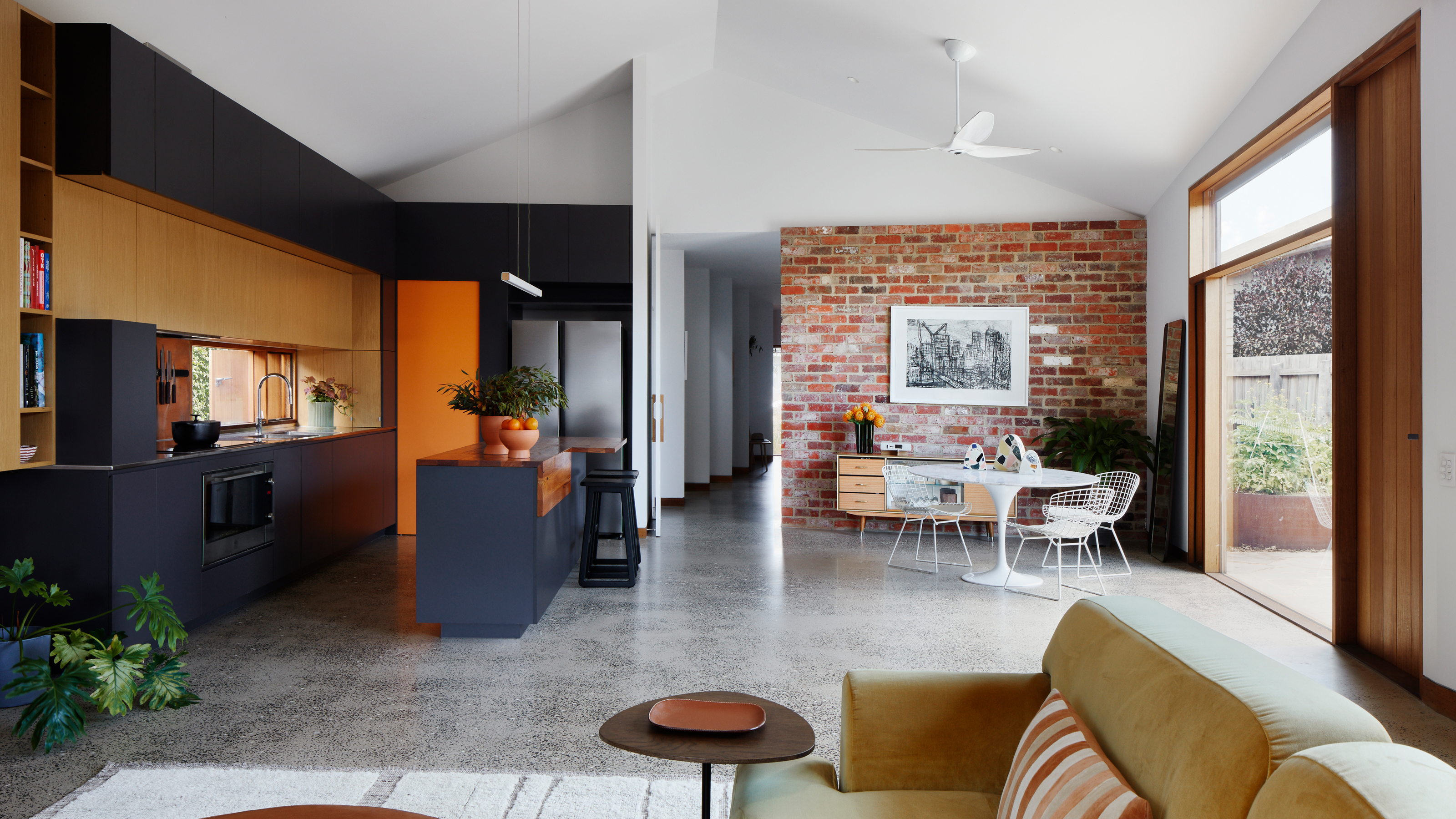
How would you like to live in a house with no utility bills? Right about now, that probably sounds good - especially given how volatile energy prices have become. That’s why homes that don’t rely on the grid for their energy demands are becoming big business right now - a focus for housebuilders and architects alike.
While sustainable living and green builds have long been the marketing tools of choice, in a recession, we can see the idea of low or ‘no bills’ taking precedence. Fortunately for our ever beleaguered planet, they’re usually one in the same. This year, housebuilder Ilke Homes announced it was teaming up with Octopus energy to build the UK’s first homes which promise zero energy bills for their residents.
The modular housing company aims to do this by combining a well-insulated structure with low-carbon heating systems, powered by solar panels. The fabric of the home will reduce the need for much heating in the first place, but when it is required, the likes of air source heat pumps can be powered by solar power ensuring that neither gas or electricity is required to fuel your home (given your solar array is designed to meet your home’s needs).
However, it’s this idea of reducing reliance on appliances which is particularly interesting. We’re all well aware by this point that for those elements of our home where using them is largely unavoidable, we need to make more energy efficient decisions. LED lighting, for example, should be used throughout, while your fridge should be the best energy rating and your washing machine set to low temperatures. But what if, through the design of your home, you could further reduce the need for energy-consuming appliances?

Hugh is Livingetc.com's deputy editor and an experienced homes and property journalist who has previously written about sustainable architecture and design for the likes of Grand Designs and Homebuilding & Renovating. Here, he looks at how design can reduce your energy bills, and which appliances are worth keeping in your home.
Heating and cooling
Heating, cooling and water heating make up the biggest portion of energy use of all your home appliances, and are what most people are worried about when faced with inflated utility bills. The ‘fabric first’ approach to home design is all about ensuring the fabric of your home is properly insulated, helping to keep your home at a constant, comfortable temperature, no matter what the mercury reads outside.
It’s one of the guiding principles of Passivhaus design, too. However, there are other tricks architects use to help harness natural warmth from the sun too - something called solar gain.
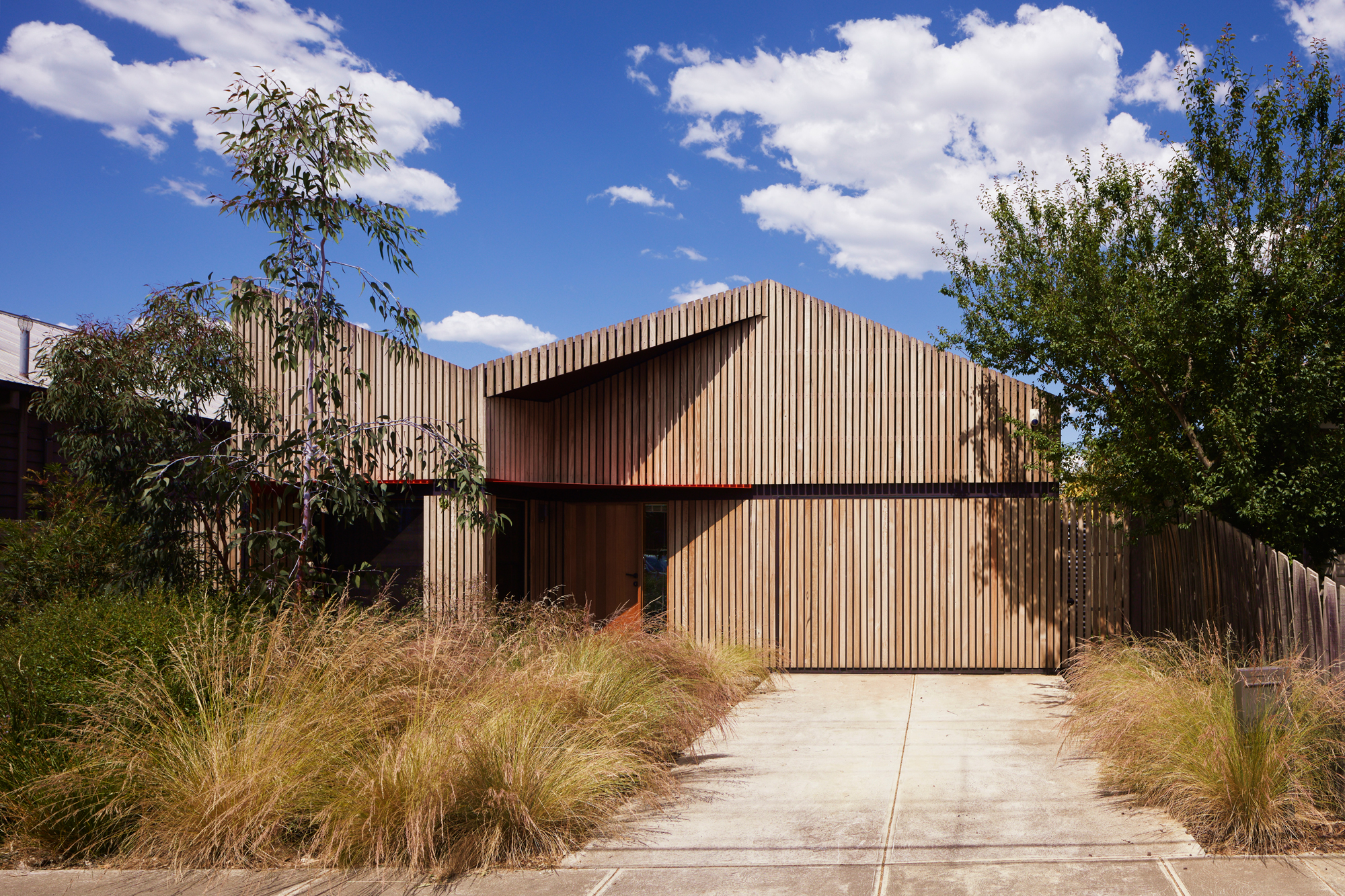
Any space that the sun enters through glazing will be warmer than those where it doesn’t, and so some house designs base their entire layout around using this to their advantage. For the design of a renovated bungalow in Victoria, Australia, sustainable architect Steffen Welsch used this idea. ‘All habitable rooms face north, storage and utility areas face south,’ he explains. However, of course, the orientation you choose depends on where you are in the world. In the northern hemisphere, you’d want rooms facing south to benefit from solar gain.
The Livingetc newsletters are your inside source for what’s shaping interiors now - and what’s next. Discover trend forecasts, smart style ideas, and curated shopping inspiration that brings design to life. Subscribe today and stay ahead of the curve.
Once the room has the potential to benefit from solar gain, you may want to consider how your design can trap heat, too. 'As designers we are always looking for a passive solar opportunity,' James Goodlet, director of Passivhaus architects Altereco Design. For a property also in Victoria, Australia, the floor was a key consideration in how to improve the home’s energy efficiency. This design feature relies on the concrete flooring's ability to absorb and disperse heat. 'The courtyard between the old and new made it possible to incorporate 3 metre tall windows,' James explains. 'The sunlight floods the living space landing directly on the polished concrete slab which is a thermal mass, absorbing the heat, warming the internal space.' Concrete isn’t the only option. Where a light tile floor, for example, will bounce light around your space, a dark tile will absorb heat.
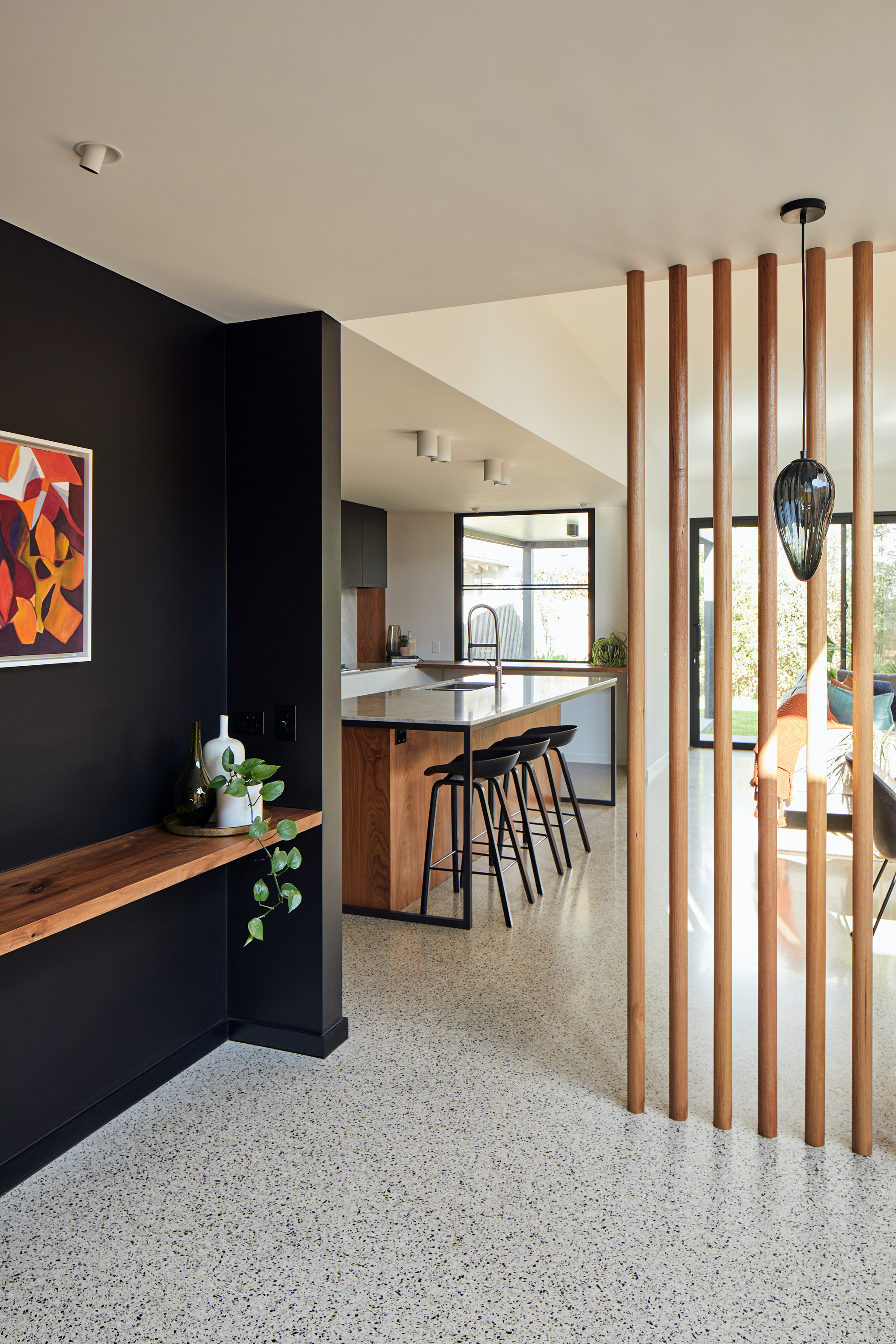
An architect will also consider how light behaves throughout the year in designing a home with solar gain in mind, helping to avoid the risks of overheating during the summer months. For example, the sun hangs lower in the sky during the winter months, meaning it may actually penetrate more through windows, while in the summer months, it may enter more through skylights, as it is higher in the sky.
Dryer
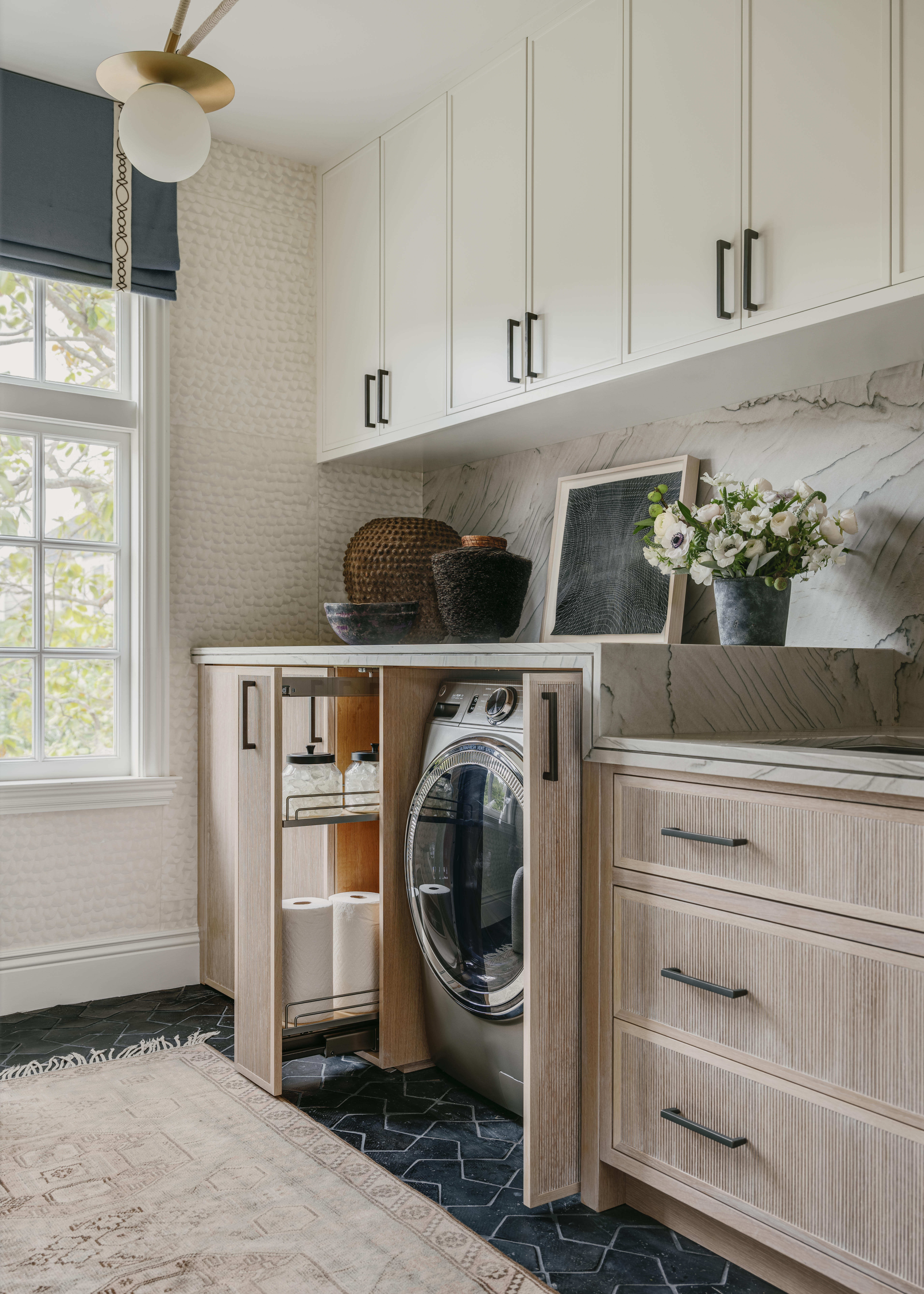
According to biophilic designer Oliver Heath, author of Design a Healthy Home, the annual power use per person for a tumble dryer is three times higher than that of a washing machine. If you’re worried about energy consumption, it’s likely to be the first appliance you choose to ditch, but in a busy household, racks and racks of damp washing indoors isn’t ideal during the winter months. So how can you optimise drying clothes?
‘In a utility room, or a convenient space near a radiator, fit a suspended drying rail to the ceiling joists,’ recommends Oliver. ‘You can hang your washing and leave it to dry overnight in the warm air that rises toward the ceiling, and that you’re already paying for.’ If you’re concerned about all that moist air, and the condensation that can occur at this time of year, consider mechanical ventilation, Oliver says.
Designing a Healthy Home, by Oliver Heather, Amazon
Biophilic designer Oliver Heath's book is an almanac of how to make your home more sustainable, but also better for you to live in, with hundreds of ideas for how to make your home healthier.
Dishwasher
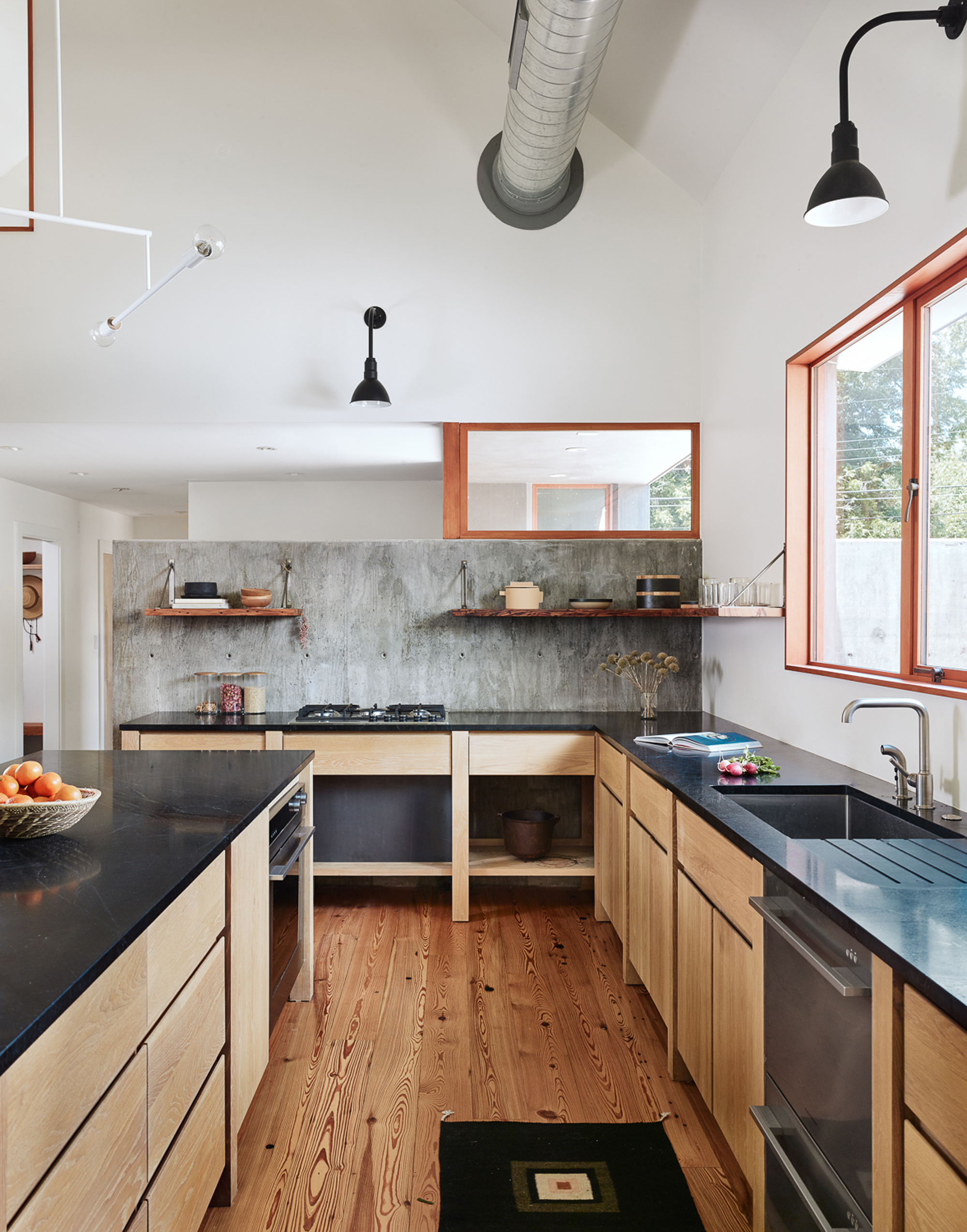
Like the tumble dryer, those conscious of their energy usage may be avoiding putting on the dishwasher right now, yet this might actually be an own goal when it comes to ways to save energy and reduce your energy bills. ‘Most people think that a dishwasher will use a lot of water,’ says Jo Jackson, a product expert from appliance brand Fisher & Paykel. ‘However, the average kitchen sink will hold about 20 litres of water (based on a sink that is 16x14 and 7 inches deep) whilst dishwashers like the Fisher & Paykel DishDrawer uses 6.7L of water per cycle.’
According to studies, a dishwasher is only likely to use half the amount of energy as washing up by hand, too. ‘“There is a lot to consider when looking for sustainable appliances but one of the first things you should look at is the energy labels to make sure the products are energy efficient,’ Jo adds. ‘A more expensive product is worth the investment if you are ultimately spending less money to run it throughout its lifetime.’

Hugh is Livingetc.com’s editor. With 8 years in the interiors industry under his belt, he has the nose for what people want to know about re-decorating their homes. He prides himself as an expert trend forecaster, visiting design fairs, showrooms and keeping an eye out for emerging designers to hone his eye. He joined Livingetc back in 2022 as a content editor, as a long-time reader of the print magazine, before becoming its online editor. Hugh has previously spent time as an editor for a kitchen and bathroom magazine, and has written for “hands-on” home brands such as Homebuilding & Renovating and Grand Designs magazine, so his knowledge of what it takes to create a home goes beyond the surface, too. Though not a trained interior designer, Hugh has cut his design teeth by managing several major interior design projects to date, each for private clients. He's also a keen DIYer — he's done everything from laying his own patio and building an integrated cooker hood from scratch, to undertaking plenty of creative IKEA hacks to help achieve the luxurious look he loves in design, when his budget doesn't always stretch that far.
